Is The Line the City of the Future?
Saudi Arabia unveiled designs for “The Line” in October 2022, a vertical city which revolutionises urban living. The Line seemed an implausible design dream when the awe-inspiring-movie-like imagery was revealed. Quite impossible we said to ourselves but now as aerial photography footage shows work commencing on the megacity, we must comprehend more about this development that is said to revolutionise the architectural landscape of the world for years to come. It could even be the future of architecture, one that experts unanimously label as unsustainable.
We look at the design and contemplate on the impact of such mega projects on ecology. Qatari architect Salman Al Sulaiti weighs in with his views on this mega development.
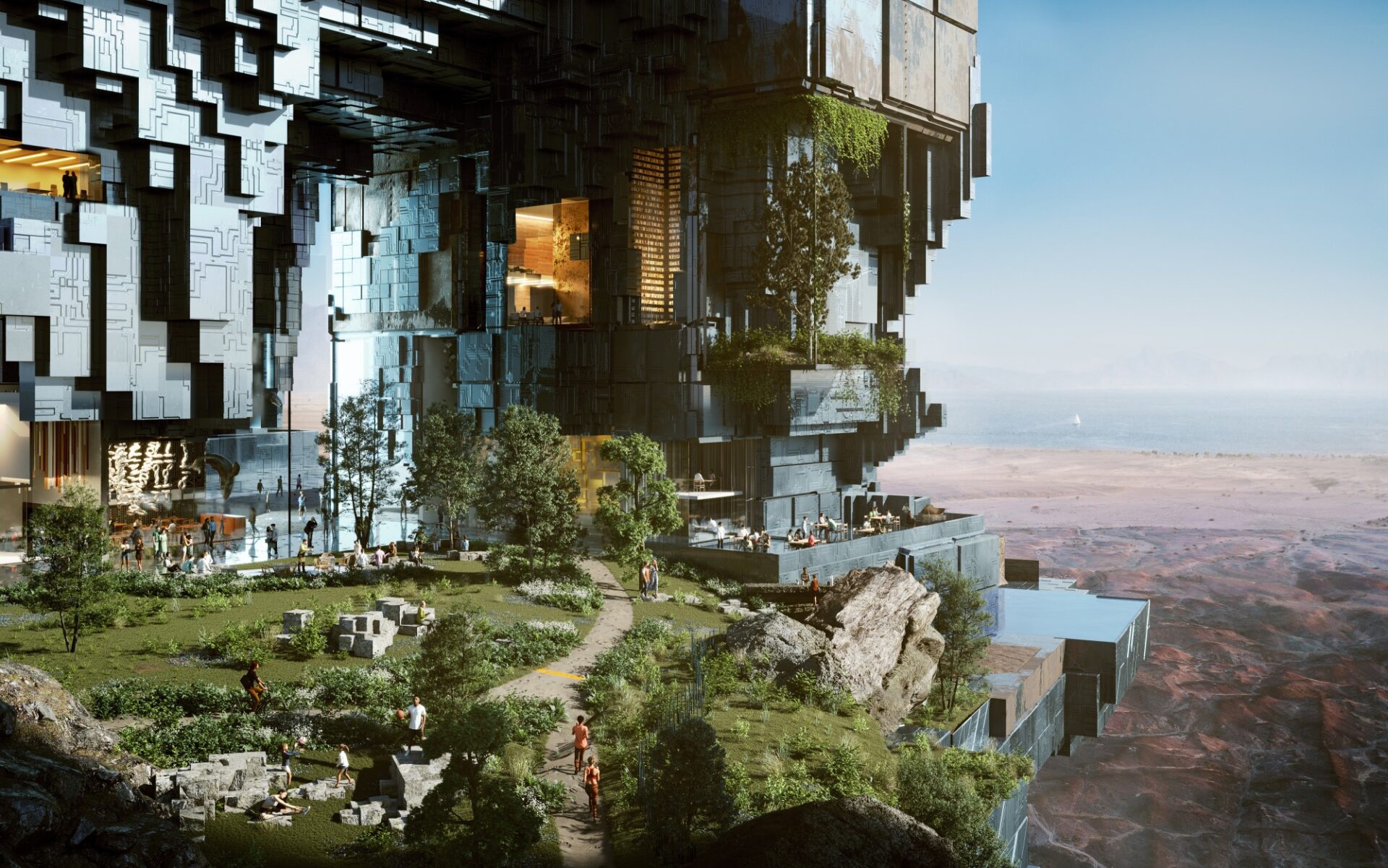 The Line is a civilisational revolution which centers around human needs, providing an urban living experience while preserving nature. So claims NEOM, the developer with the world’s leading architecture firms like the California-based Morphis and London-based Zaha Hadid Architect who are involved in its design. The design embodies how urban communities will be in the future in an environment free from roads, cars and emissions. With images that seem straight out of sci-fictional movies with stunning natural environment within controlled boundaries that encase a universe within. It is located within NEOM — a renewable energy-powered region under development across Saudi Arabia, Jordan and Egypt with diverse terrains which includes red desert expanses and snow-topped mountains with views of the gulf of Aqaba. An ambitious mega project with numerous challenges on the road to its completion, the energy expedited in its construction and material acquisition being just one of them.
The Line is a civilisational revolution which centers around human needs, providing an urban living experience while preserving nature. So claims NEOM, the developer with the world’s leading architecture firms like the California-based Morphis and London-based Zaha Hadid Architect who are involved in its design. The design embodies how urban communities will be in the future in an environment free from roads, cars and emissions. With images that seem straight out of sci-fictional movies with stunning natural environment within controlled boundaries that encase a universe within. It is located within NEOM — a renewable energy-powered region under development across Saudi Arabia, Jordan and Egypt with diverse terrains which includes red desert expanses and snow-topped mountains with views of the gulf of Aqaba. An ambitious mega project with numerous challenges on the road to its completion, the energy expedited in its construction and material acquisition being just one of them.
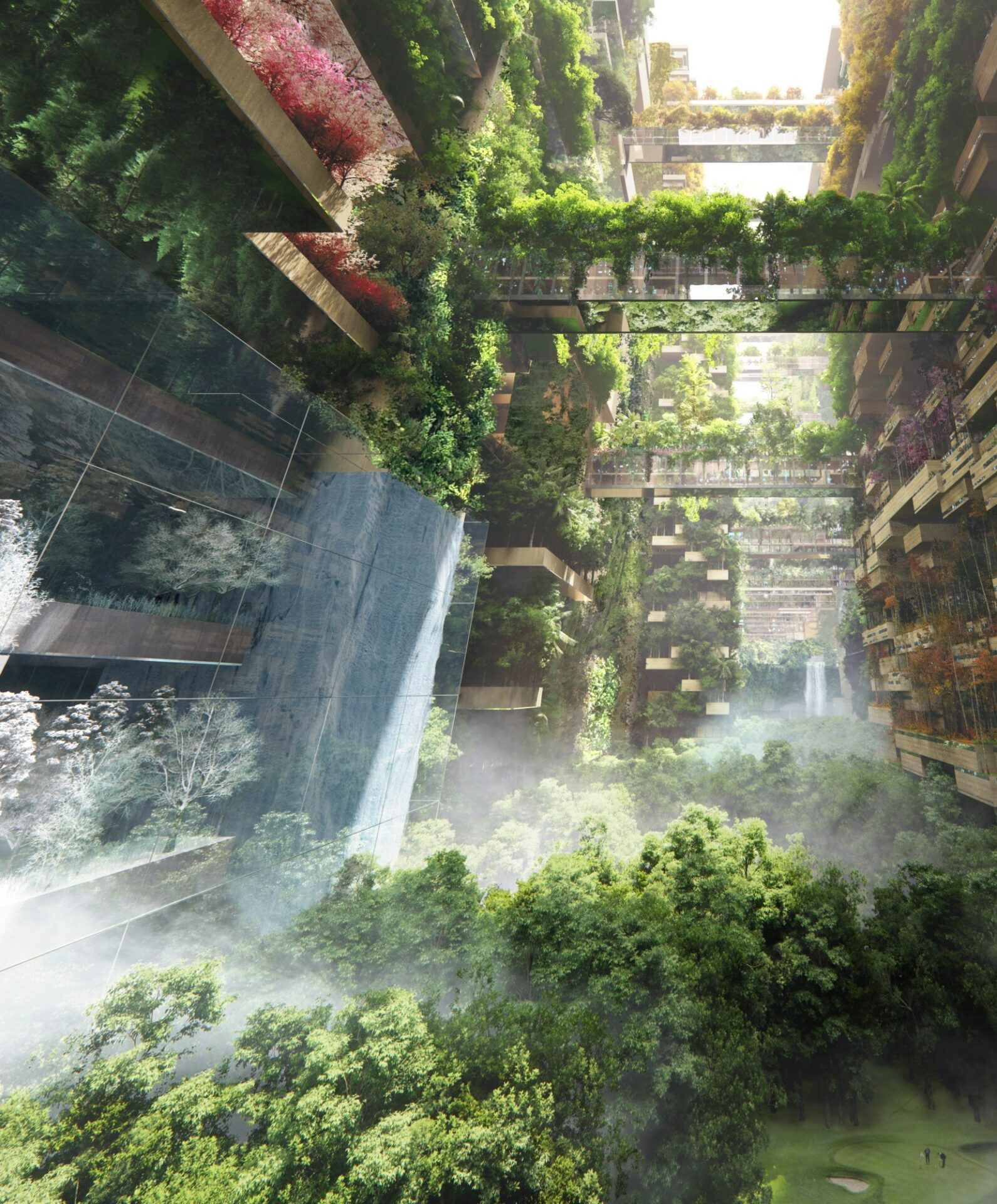 The developers meanwhile touch on the sustainability values of the project once completed: The Line is designed as a 170kms long development that crosses three distinct regions, each with their own diverse ecologies that make them ideal for different purposes. It comprises of a series of interconnected modules reaching 500meters. The core elements of every module is standardised to maximise compatibility and drive down construction costs. The project redefines living with modules designed to house up to 80,000 people in close proximity to work, leisure, education, and health services, enabling everyone to have a good work/life balance. This project will run on 100% renewable energy and prioritise people’s health and well-being over transportation and infrastructure as in contrast to traditional cities.
The developers meanwhile touch on the sustainability values of the project once completed: The Line is designed as a 170kms long development that crosses three distinct regions, each with their own diverse ecologies that make them ideal for different purposes. It comprises of a series of interconnected modules reaching 500meters. The core elements of every module is standardised to maximise compatibility and drive down construction costs. The project redefines living with modules designed to house up to 80,000 people in close proximity to work, leisure, education, and health services, enabling everyone to have a good work/life balance. This project will run on 100% renewable energy and prioritise people’s health and well-being over transportation and infrastructure as in contrast to traditional cities.
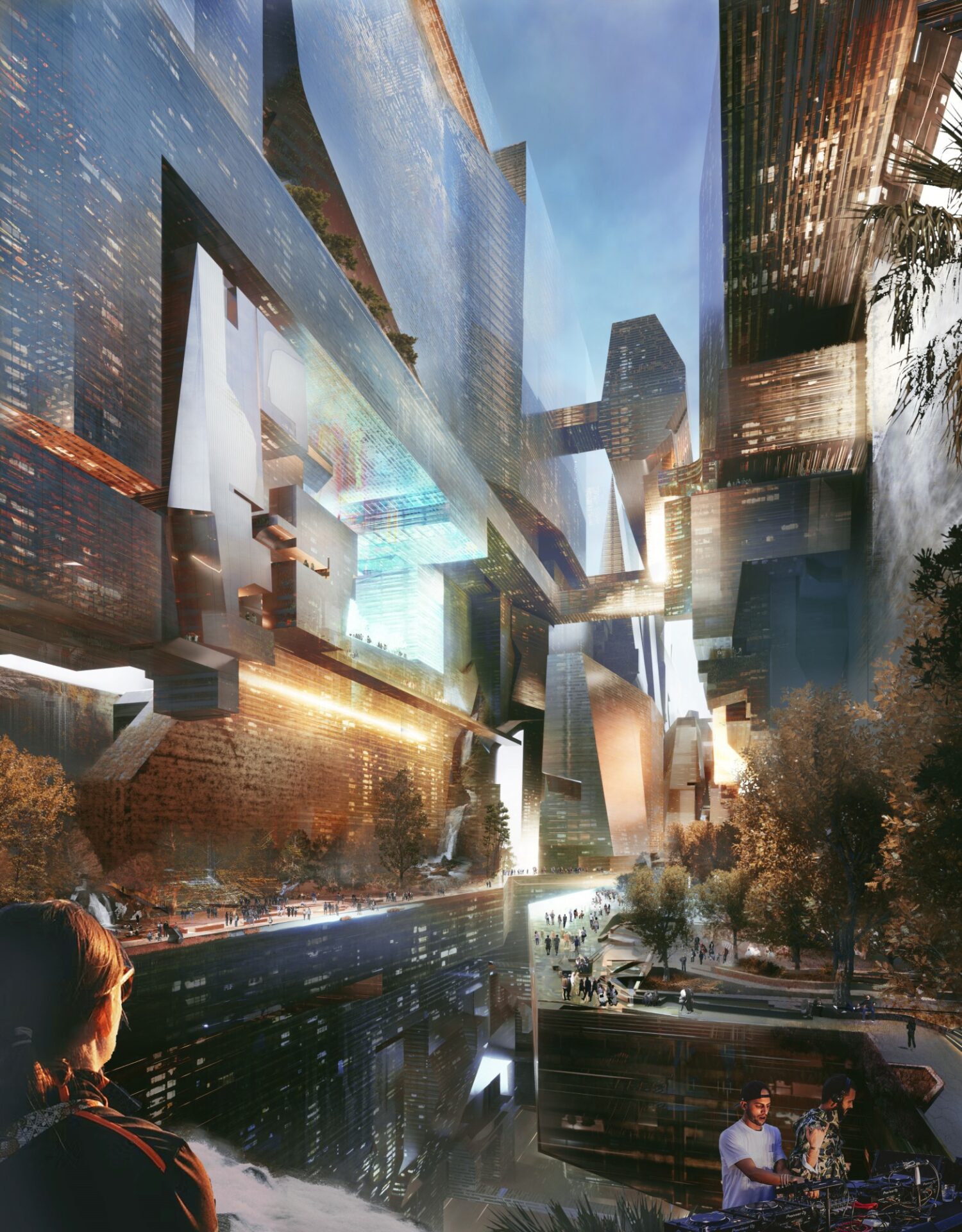 The question arises whether the country needs such a living solution at all? But the design challenge for the developers was not as much an answer to the need as it is to grab the attention of the world for the bold steps the country is taking towards a modern, open and reformist life, away from the repression that Saudi Arabia is associated with.
The question arises whether the country needs such a living solution at all? But the design challenge for the developers was not as much an answer to the need as it is to grab the attention of the world for the bold steps the country is taking towards a modern, open and reformist life, away from the repression that Saudi Arabia is associated with.
Offering a new approach to design, the development focuses on Zero Gravity Urbanism, a concept used to describe the reduced dependence on the natural ground plane by creating multiple vertically organised ground planes at a height. Different from just tall buildings, this new topography will see public parks and pedestrian areas, schools, homes and places of work layered vertically, giving people the possibility of moving seamlessly in three dimensions.
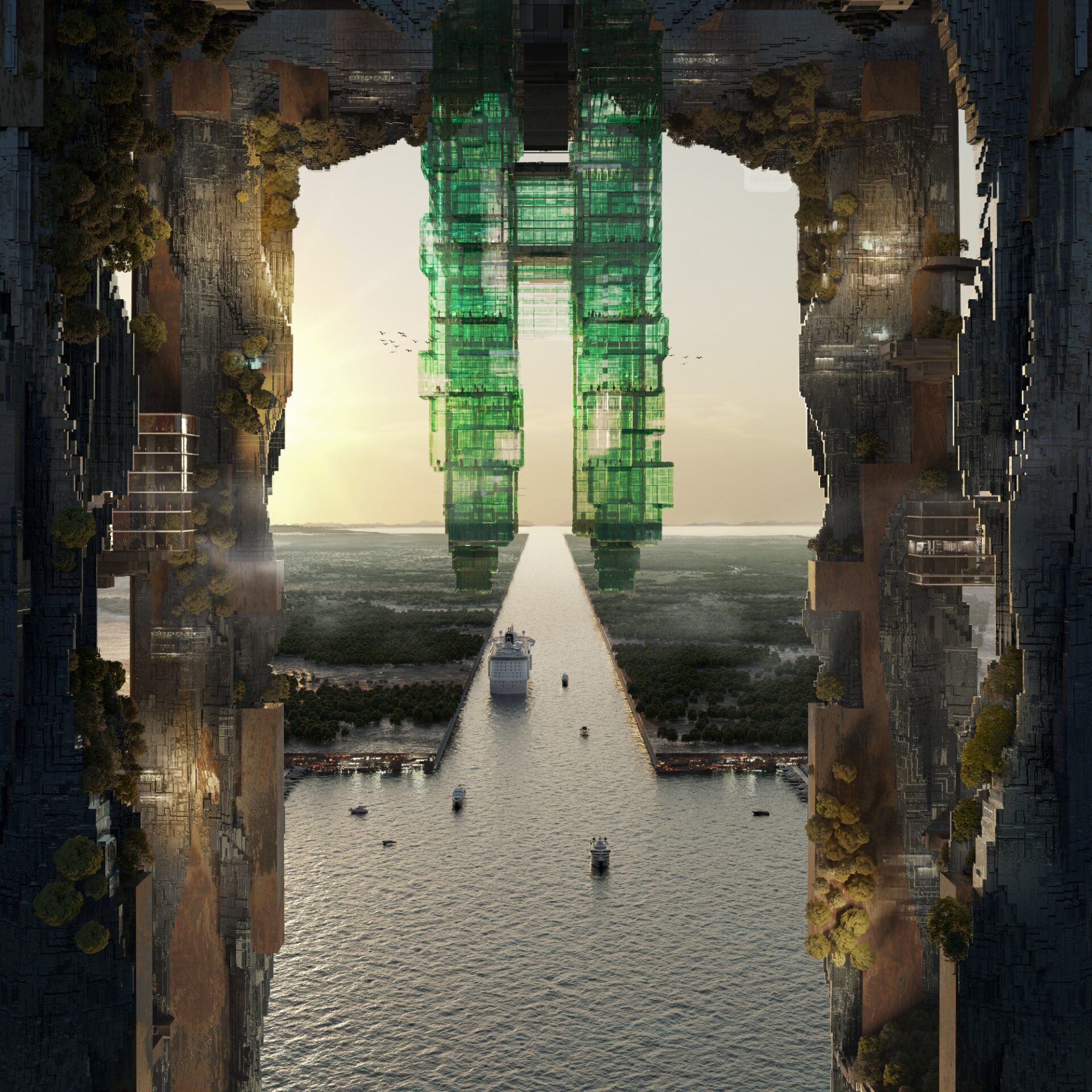
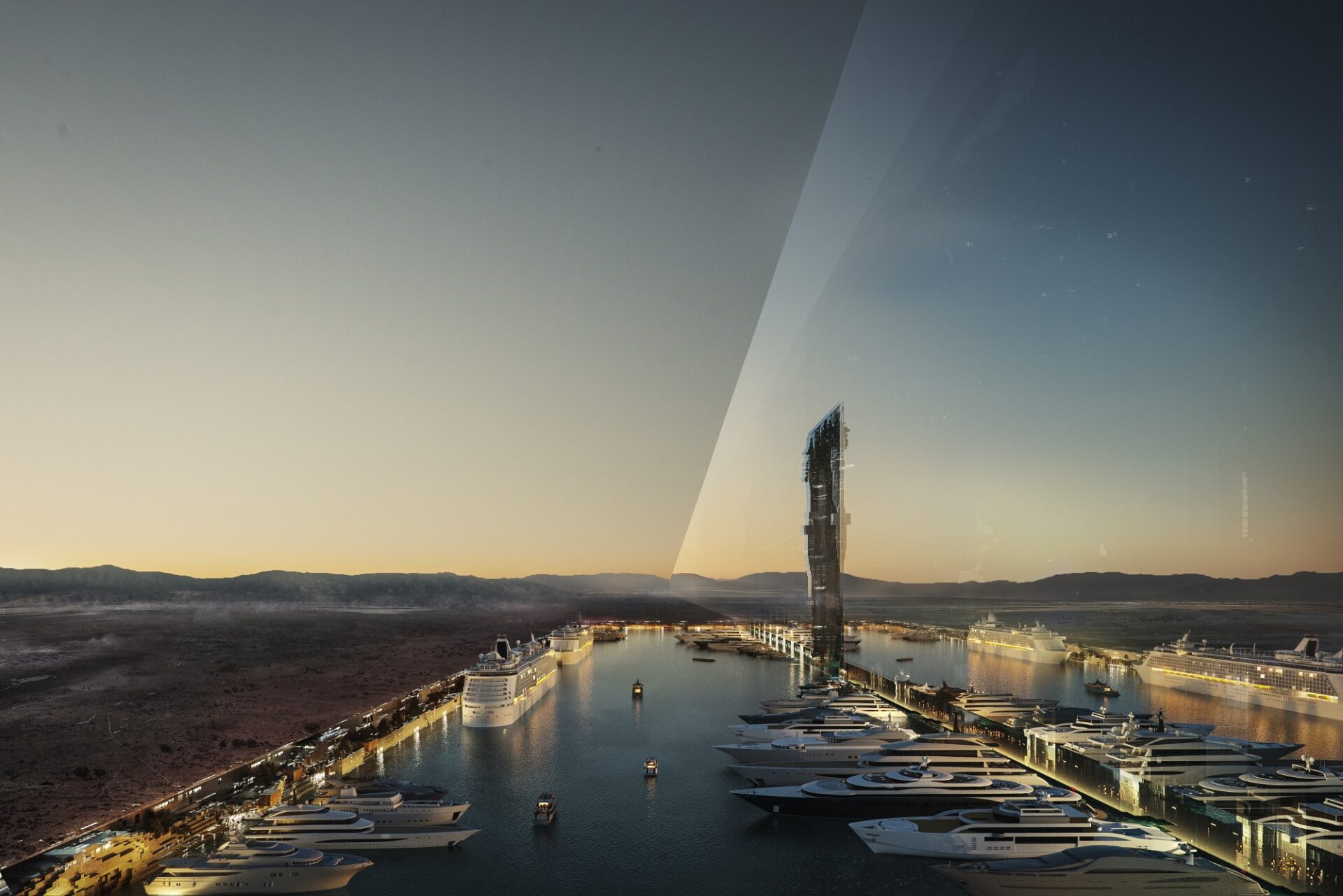 The project has met with criticism on its scale and magnanimity as well as accolades for its futuristic intent.
The project has met with criticism on its scale and magnanimity as well as accolades for its futuristic intent.
Qatari architect and researcher, Salman Al Sulaiti expresses his views on the neighbouring country’s aspirational project: “The Line is a mega-project, and mega-projects in nature are very hard to justify sustainability-wise. Renewable energy sources and the promise of a minimal carbon footprint is one thing, but the scale of the project requires heavy civil works that will no doubt affect the surrounding environment. One aspect that has not been brought up is whether The Line has considered the migration of animals and birds across the landscape they plan to slice through? This of course and a multitude of other questions, like the materials that will be required to construct this project, the heavy equipment that will be mobilised, etc.
“Overall, projects like NEOM or Masdar City are a great example of “shoot for the moon. Even if you miss, you’ll land among the stars.” These very ambitious projects will definitely push the envelope and we might see some interesting developments in the near future,” he says.
Green activist Adam Greenfield called out to the architects involved in the project saying: “Architects working on the Neom mega-project in Saudi Arabia, must decide whether they are content to be complicit in an “ecological and moral atrocity.”
More about the Project
The project aims to reduce infrastructure footprint and create efficient city functions, claim the developers.
This development will accommodate 9 million residents and will be built across 34 square kilometers which will reduce the infrastructure footprint. The ideal climate all year round will ensure that residents can enjoy the surrounding nature. Residents will also have access to all facilities within a five-minute walk, in addition to a high-speed rail with an end-to-end transit of 20 minutes, according to Neom. All very-fairytale like and highly aspirational.
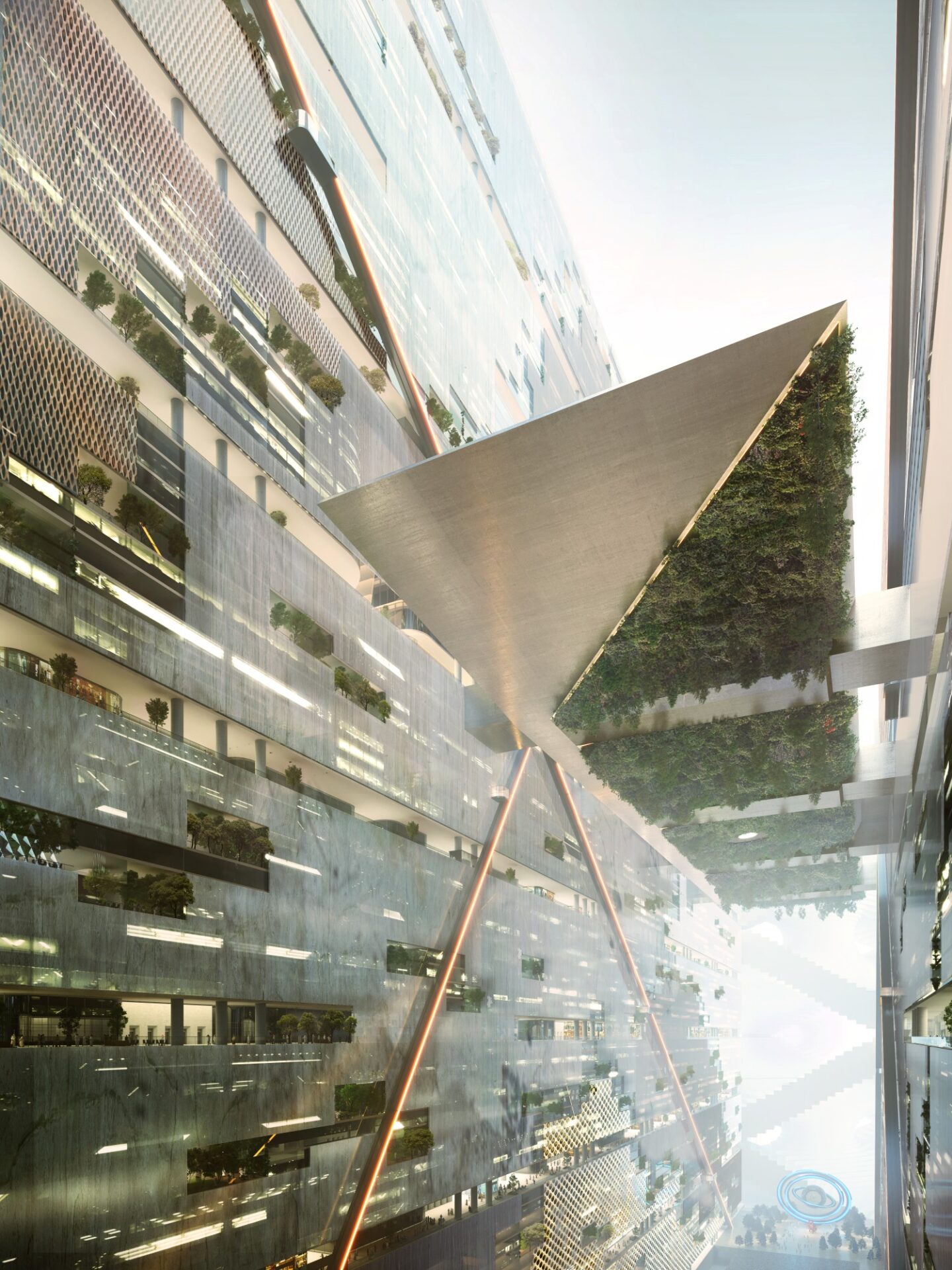
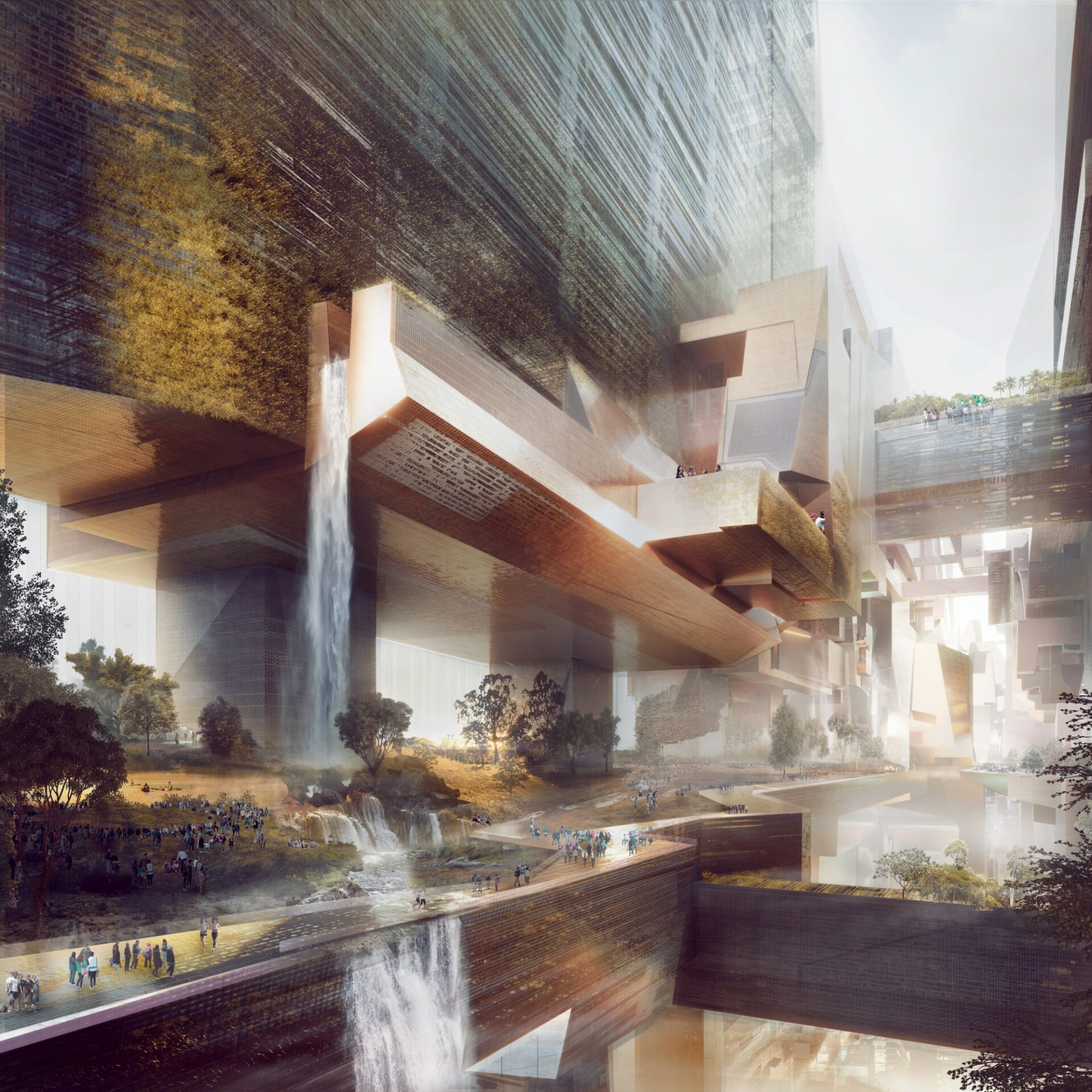 While the dilemma of sustainability exists for any project of this size and magnitude exists, projects like this also help the architectural community to dream bolder and stretch engineering finesses to attain them. But should projects be expedited just to throw boundaries of design aside is a question for the conscience.
While the dilemma of sustainability exists for any project of this size and magnitude exists, projects like this also help the architectural community to dream bolder and stretch engineering finesses to attain them. But should projects be expedited just to throw boundaries of design aside is a question for the conscience.
Building such a development will make an impact on the resources, as Philip Oldfield, head of the Faculty of Built Environment at the University of New South Wales in Sydney estimated: “The Line” alone would activate more than 1.8 billion tons of carbon dioxide.”
Technology at its Best
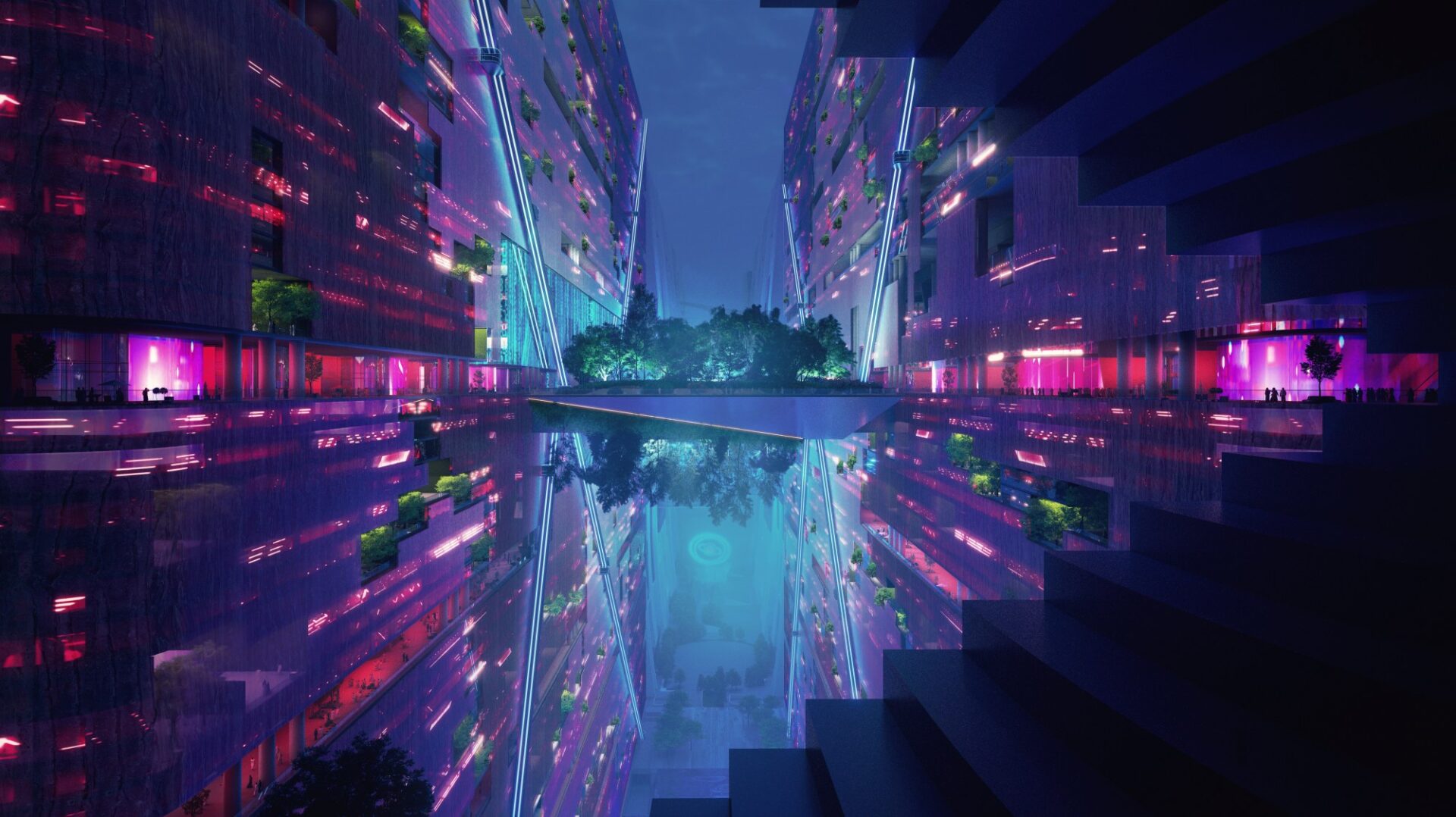 Nature will be at the forefront of this project, which will be preserving 95% of NEOM’s land. In order to change business, the city’s design will be completely digitised and the construction will be industrialised to a large degree by a significant advancement in technology and manufacturing processes.
Nature will be at the forefront of this project, which will be preserving 95% of NEOM’s land. In order to change business, the city’s design will be completely digitised and the construction will be industrialised to a large degree by a significant advancement in technology and manufacturing processes.
The announcement of The Line’s designs is a continuation of NEOM’s progress in the development of its flagship projects such as Oxagon, a reimagined manufacturing and innovation city; and Trojena, its global mountain tourism destination that will offer the Arabian Gulf’s first outdoor skiing; as well as the launch of two of NEOM’s subsidiaries: ENOWA, its energy, water and hydrogen company; and the NEOM Tech & Digital Company.
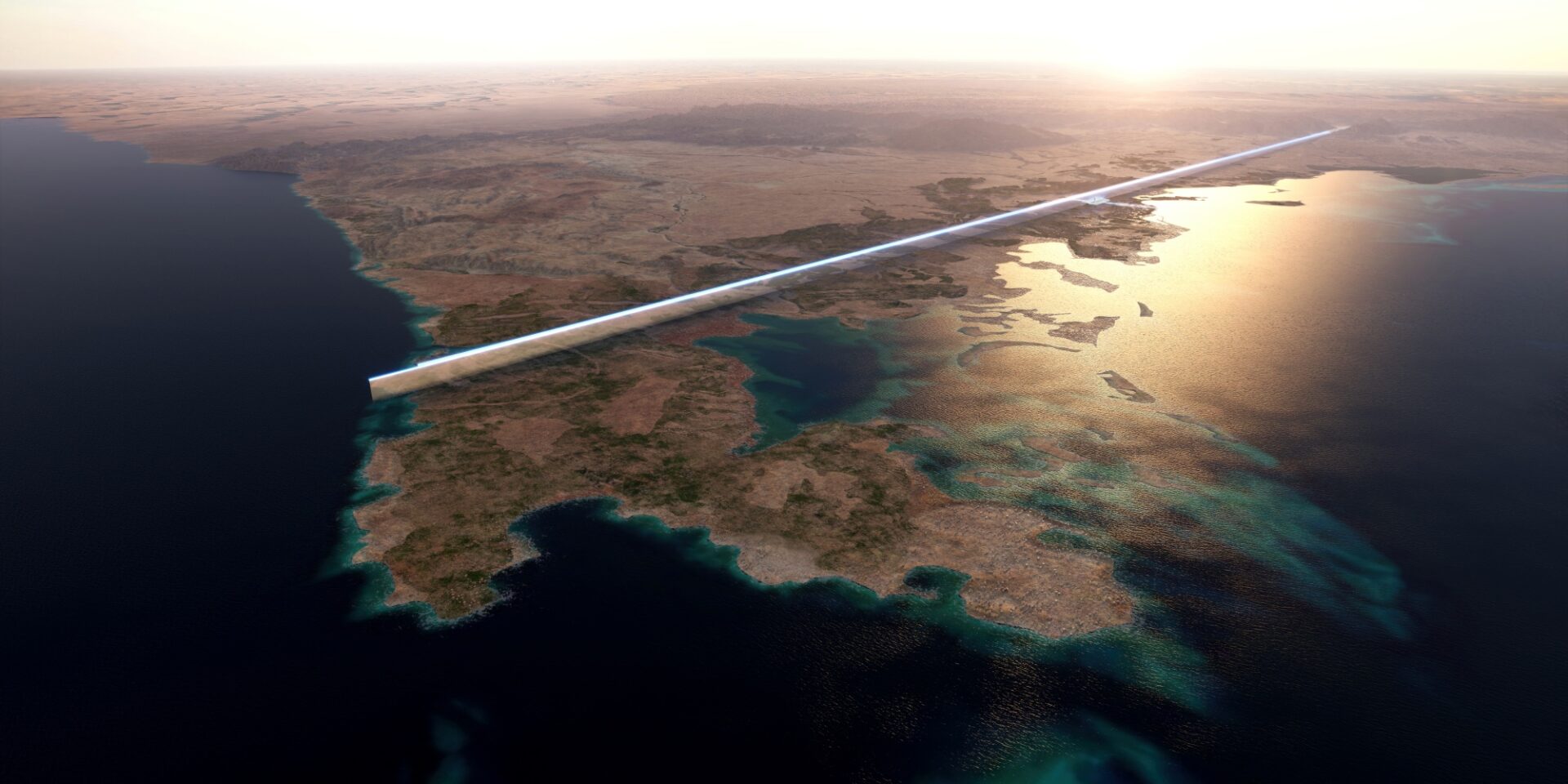 NEOM describes itself as an accelerator of human progress and a vision for a new future. It is a region in northwest Saudi Arabia on the Red Sea being built from the ground up as a living laboratory – a place where entrepreneurship will chart the course for this new future. It will be a destination and a home for people who dream big and want to be part of building a new model for exceptional livability, creating thriving businesses and reinventing environmental conservation.
NEOM describes itself as an accelerator of human progress and a vision for a new future. It is a region in northwest Saudi Arabia on the Red Sea being built from the ground up as a living laboratory – a place where entrepreneurship will chart the course for this new future. It will be a destination and a home for people who dream big and want to be part of building a new model for exceptional livability, creating thriving businesses and reinventing environmental conservation.
HRH Crown Prince Mohammed bin Salman said, “The designs revealed for the Line’s vertically layered communities will challenge the traditional flat, horizontal cities and create a model for the preservation of nature and enhanced human livability. THE LINE will tackle the challenges facing humanity in urban life today and will shine a light on alternative ways to live.
“We cannot ignore the livability and environmental crises facing our world’s cities, and NEOM is at the forefront of delivering new and imaginative solutions to address these issues. NEOM is leading a team of the brightest minds in architecture, engineering and construction to make the idea of building upwards a reality. NEOM will be a place for all people from across the globe to make their mark in the world in creative and innovative ways. NEOM remains one of the most important projects of Saudi Vision 2030, and our commitment to delivering The Line on behalf of the nation remains resolute.”
Innovation in architecture, design and technology is the need of the day but not at the cost of human lives or energy intensive construction that will take away more resources than replenished.
Images Courtesy NEOM
Text with inputs from Aarthi Mohan




